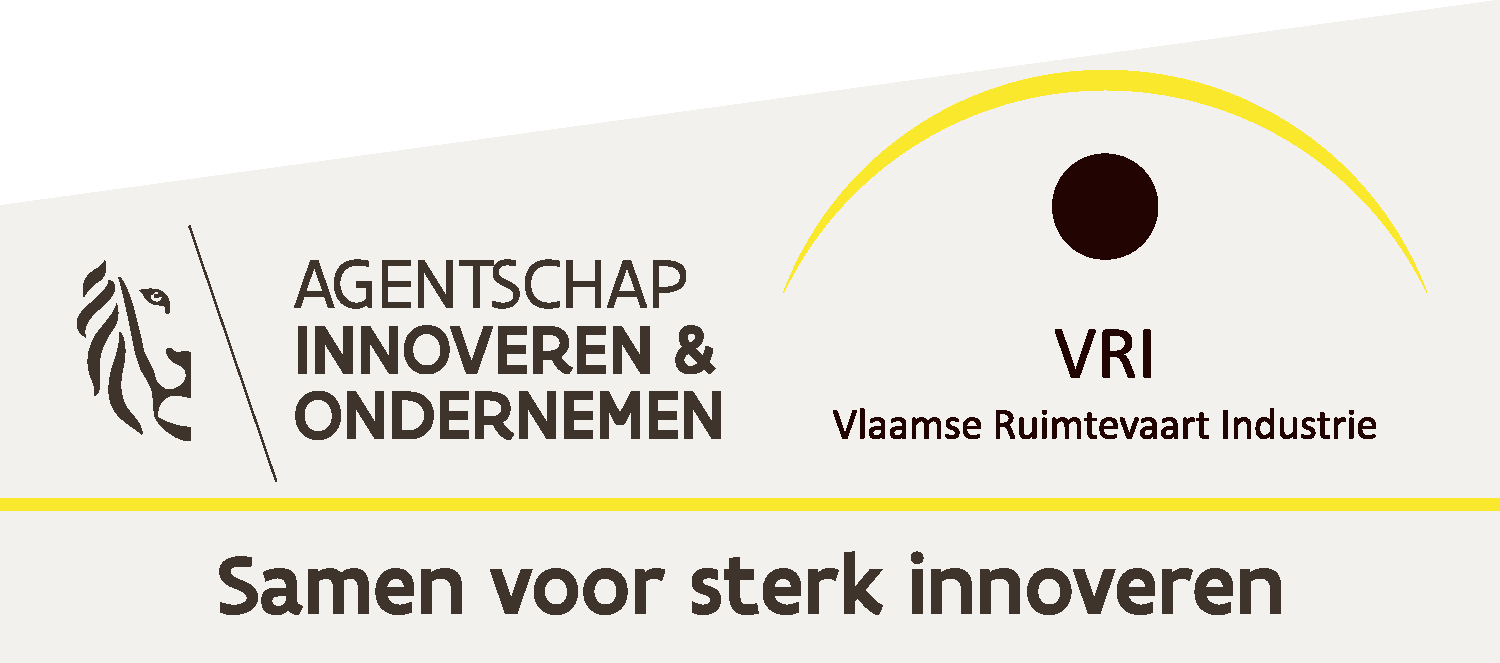
The ESA mission PLATO (Planetary Transits and Oscillations of stars) has the goal to detect terrestrial exoplanets in the habitable zone of solar-type stars and characterizing their bulk properties from 2024 onwards. Even though many exoplanets have been detected over the last 20 years, non of them could be characterized as a habitable earth like planet. PLATO aims to do better and will answer the profound and captivating question: “How common are worlds like ours and are they suitable for the development of live?”. To answer this question key information on the planet and its star are needed such as the planet radius, mean density, stellar irradiation, and planetary composition. To do so, the mission will combine:
- planet detection and radius determination from photometric transits
- determination of planet masses from ground-based radial velocity follow up
- determination of accurate stellar masses, radii, and ages from asteroseismology, and
- identification of bright targets for atmospheric spectroscopy.
To accomplish this goal, a new type of space telescope was conceived. PLATO will make use of 34 telescopes with CCD-based focal planes, operating in white light and providing a very wide field-of-view. The telescopes can be used in different combinations or be bundled allowing the detection of bright as well as faint stars. PLATO will be launched on a Soyuz rocket from Europe’s Spaceport in Kourou in 2024 for an initial six-year mission. It will operate from L2, a virtual point in space 1.5 million km beyond Earth as seen from the sun. The first discovery of earth-like planets is expected within the first three years of observations.
The Institute of Astronomy (IoA) has been involved in this mission for over 10 years in close collaboration with scientists from different national and international institutes. Conny Aerts (expert in asteroseismology) is not only the Belgian PI of PLATO but she also represents the Belgian Science community in the board of the space mission. The Centre Spatial in Liège developed the camera system in close collaboration with the engineers from IoA who where led by Bart Vandenbussche. Joris De Ridder is in charge for Leuven’s contribution to the software that needs to convert raw data into interpretable data. The IoA is thus involved in the three major work packages: instrumentation, software development and scientific preparations for the asteroseismic analysis.
People involved
Conny Aerts, Joris De Ridder, Bart Vandenbusche, Pablo Marcos Arenal, Rik Huygen, Ehsan Moravveji, Peter Papics, Sara Regibo, Pierre Royer, Andrew Tkachenko, Konstanze Zwintz

Leave a Reply